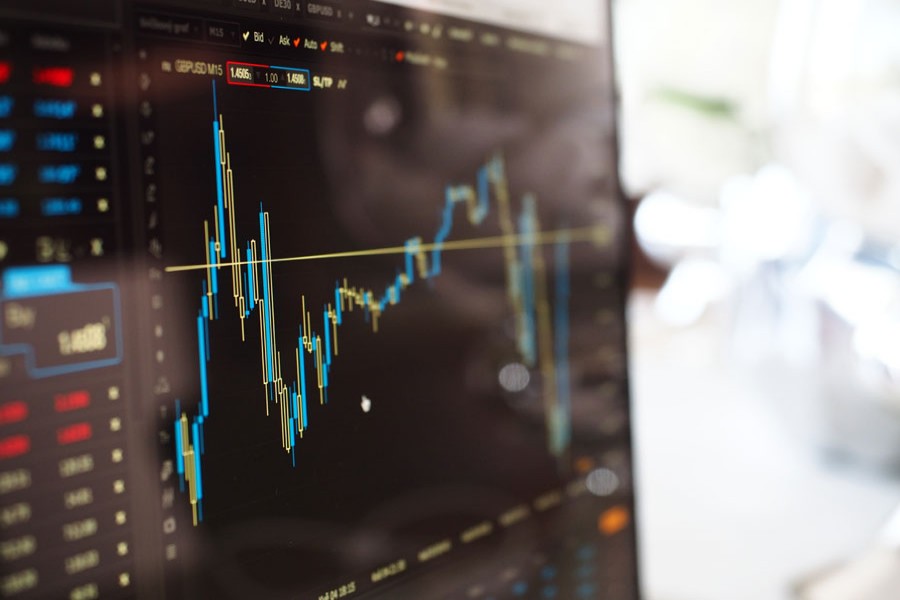In recent days, the initial New Year optimism of many investors may have been jolted by fears of an economic slowdown resulting from interest-rate hikes. But no one should be surprised if the current sharp fall in equity prices is followed by a swift return to bullishness, at least in the short term. Despite the recent slide, the mood supporting stocks remains out of sync with the caution expressed by political leaders.
Market participants could easily be forgiven for their early-year euphoria. After a solid 2017, key macroeconomic data - on unemployment, inflation, and consumer and business sentiment - as well as Gross Domestic Product (GDP) forecasts all indicated that strong growth would continue in 2018.
The result - in the United States and across most major economies - has been a rare moment of optimism in the context of the last decade. For starters, the macro data are positively synchronised and inflation remains tame. Moreover, the International Monetary Fund's recent upward revision of global growth data came at precisely the point in the cycle when the economy should be showing signs of slowing.
Moreover, stock markets' record highs are no longer relying so much on loose monetary policy for support. Bullishness is underpinned by evidence of a notable uptick in capital investment. In the US, gross domestic private investment rose 5.1 per cent year on year in the fourth quarter of 2017 and is nearly 90 per cent higher than at the trough of the Great Recession, in the third quarter of 2009.
This is emblematic of a deeper resurgence in corporate spending - as witnessed in durable goods orders. New orders for US manufactured durable goods beat expectations, climbing 2.9 per cent month on month to December 2017 and 1.7 per cent in November.
Other data tell a similar story. In 2017, the US Federal Reserve's Industrial Production and Capacity Utilisation index recorded its largest calendar year gain since 2010, increasing 3.6 per cent. In addition, US President Donald Trump's reiteration of his pledge to seek $1.5 trillion in spending on infrastructure and public capital programmes will further bolster market sentiment.
All of this bullishness will continue to stand in stark contrast to warnings by many world leaders. In just the last few weeks, German Chancellor Angela Merkel cautioned that the current international order is under threat. French President Emmanuel Macron noted that globalisation is in the midst of a major crisis, and Canadian Prime Minister Justin Trudeau has stated that the unrest we see around the world is palpable and "isn't going away."
Whether or not the current correction reflects their fears, the politicians ultimately could be proved right. For one thing, geopolitical risk remains considerable. Bridgewater Associates' Developed World Populism index surged to its highest point since the 1930s in 2017, factoring in populist movements in the US, the United Kingdom, Spain, France and Italy. So long as populism lingers as a political threat, the risk of reactionary protectionist trade policies and higher capital controls will remain heightened, and this could derail economic growth.
Meanwhile the market is mispricing perennial structural challenges, in particular mounting and unsustainable global debt and a dim fiscal outlook, particularly in the US, where the price of this recovery is a growing deficit. In other words, short-term economic gain is being supported by policies that threaten to sink the economy in the longer term.
The Congressional Budget Office (CBO), for example, has forecast that the US deficit is on course to triple over the next 30 years, from 2.9 per cent of GDP in 2017 to 9.8 per cent in 2047, "The prospect of such large and growing debt," the CBO cautioned, "poses substantial risks for the nation and presents policymakers with significant challenges."
The schism in outlook between business and political leaders is largely rooted in different time horizons. For the most part, CEOs, hemmed in by the short termism of stock markets, are focused on the next 12 months, whereas politicians are focusing on a more medium-term outlook.
As 2018 progresses, business leaders and market participants should - and undoubtedly will - bear in mind that we are moving ever closer to the date when payment for today's recovery will fall due. The capital market gyrations of recent days suggest that awareness of that inevitable reckoning is already beginning to dawn.
Dambisa Moyo, an economist and author, sits on the board of directors of a number of global corporations.
Copyright: Project Syndicate, 2018.
www.project-syndicate.org


